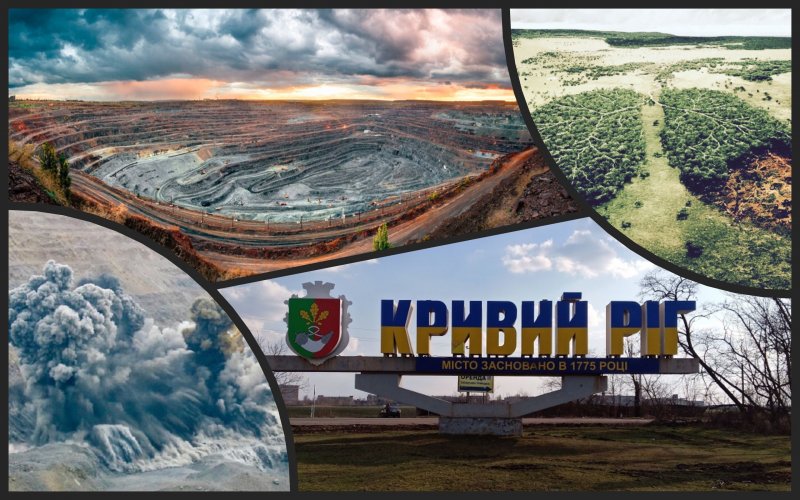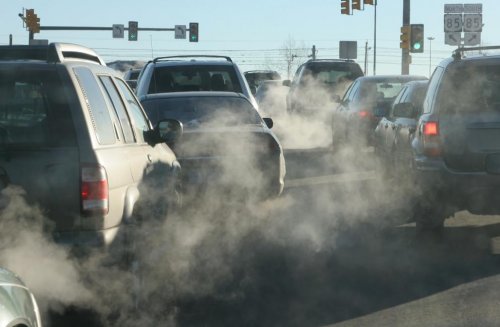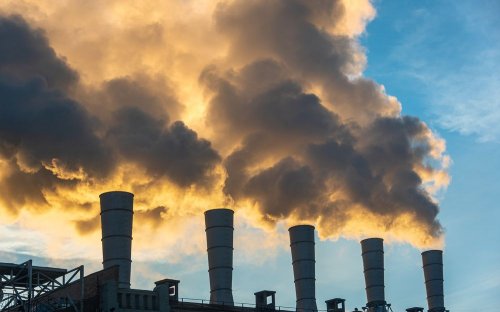In Kryvyi Rih, massive explosions in the quarries of mining enterprises, in particular ArcelorMittal, became one of the biggest sources of air pollution in 2022.
Thus, during the year, 29.9 million m3 of mining mass was detonated in 98 mass explosions, due to which 1.1 thousand tons of hazardous substances got into the air, reports the Department of Ecology of the Executive Committee of the Kryvyi Rih City Council on Facebook.
The message emphasized that compared to 2021, the total volume of detonated mining mass and the volume of used explosives decreased by 66%. And the volume of pollutant emissions decreased by 61%.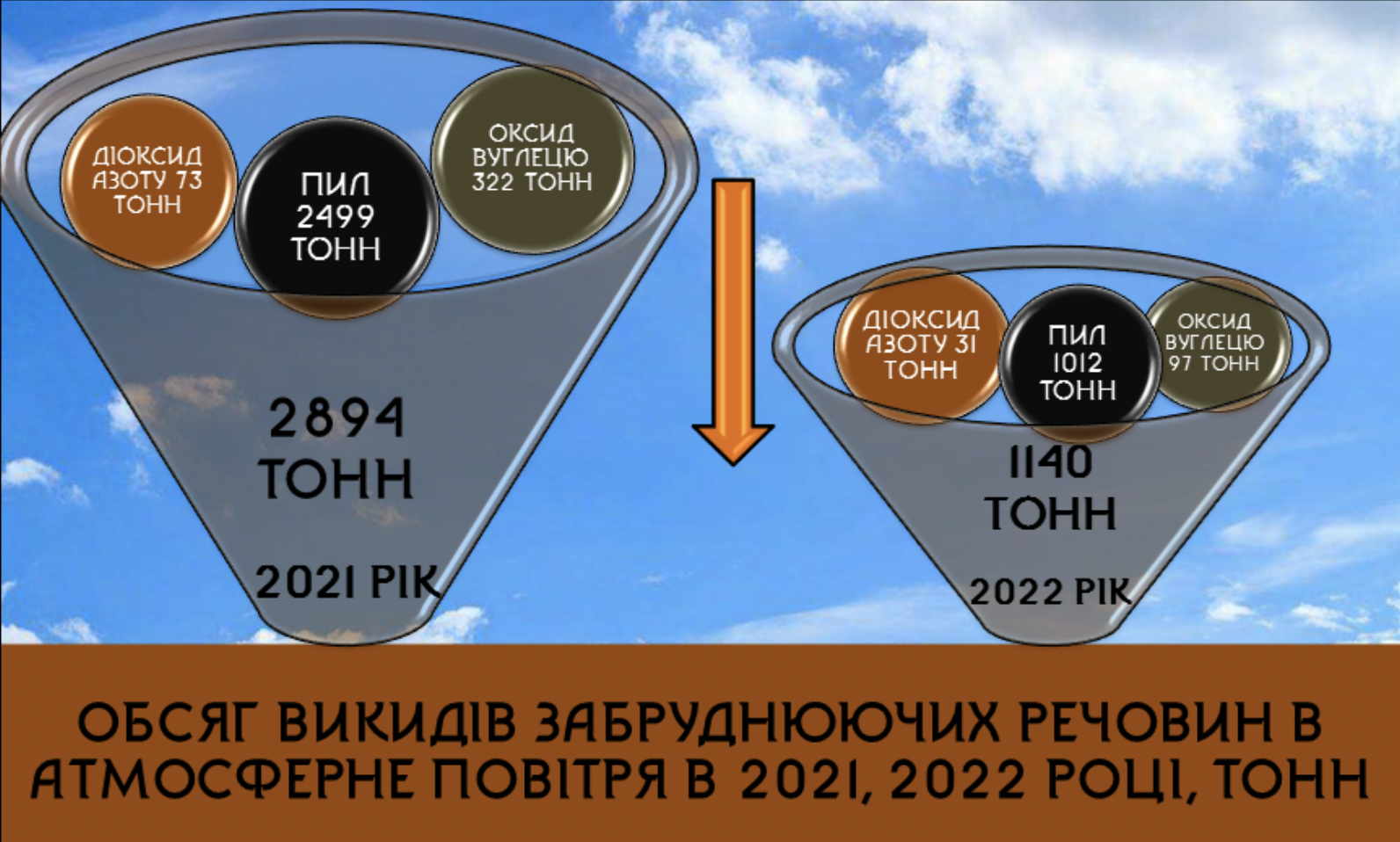
"As a result of massive explosions, atmospheric air is polluted with dust, nitrogen dioxide, and carbon monoxide," the authors explained.
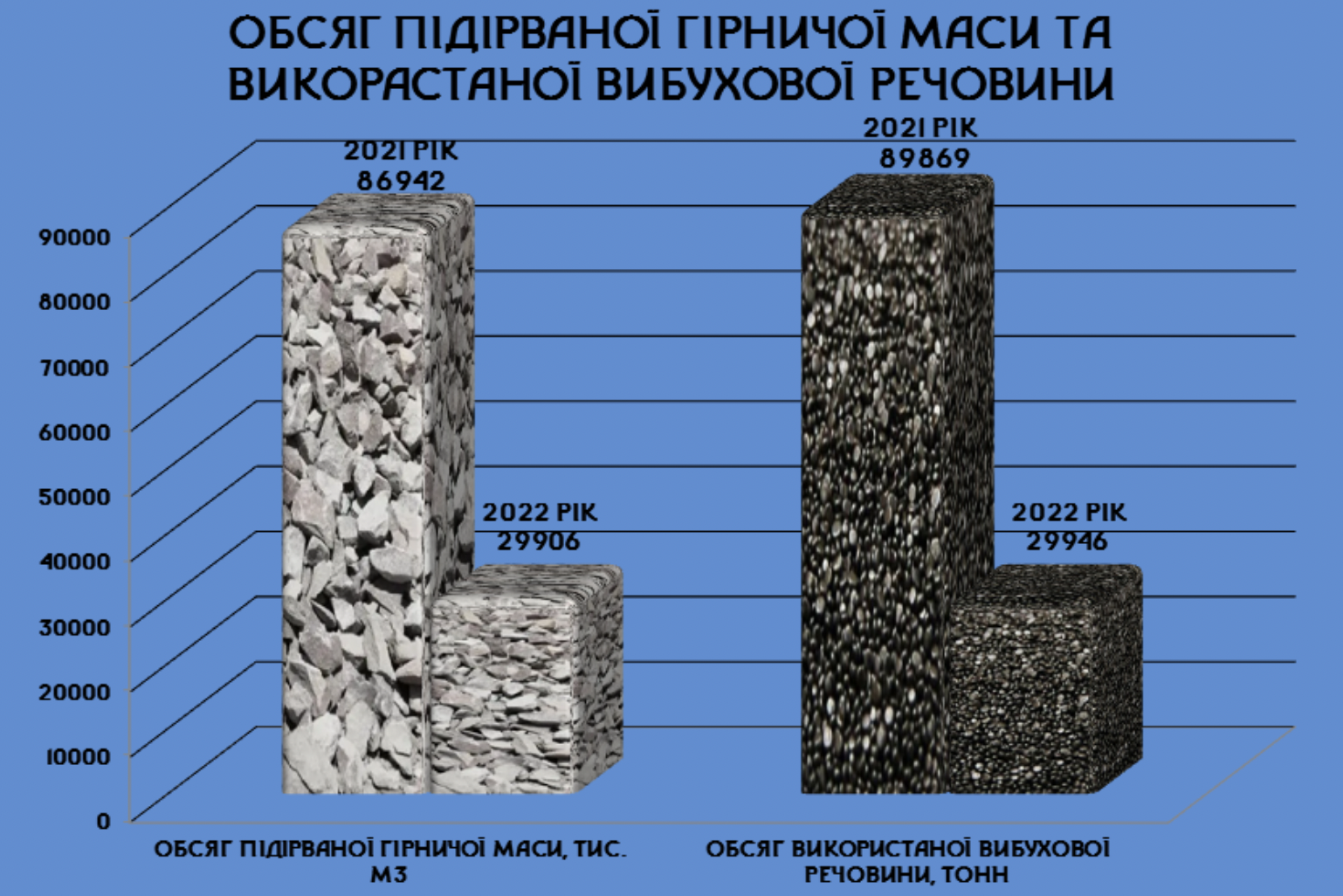
They emphasized that thanks to internal and external hydraulic hammering, the use of non-electric initiation systems and TNT-free explosives, it was possible to avoid emissions of 3.4 thousand tons of pollutants.
It is noted that the emission indicators (specific emissions) approved by the Ministry of Environmental Protection and Natural Resources, in particular from blasting, are the basis for calculating the volumes and types of emissions from technological processes. They ensure the completeness of the calculation and payment of the environmental tax.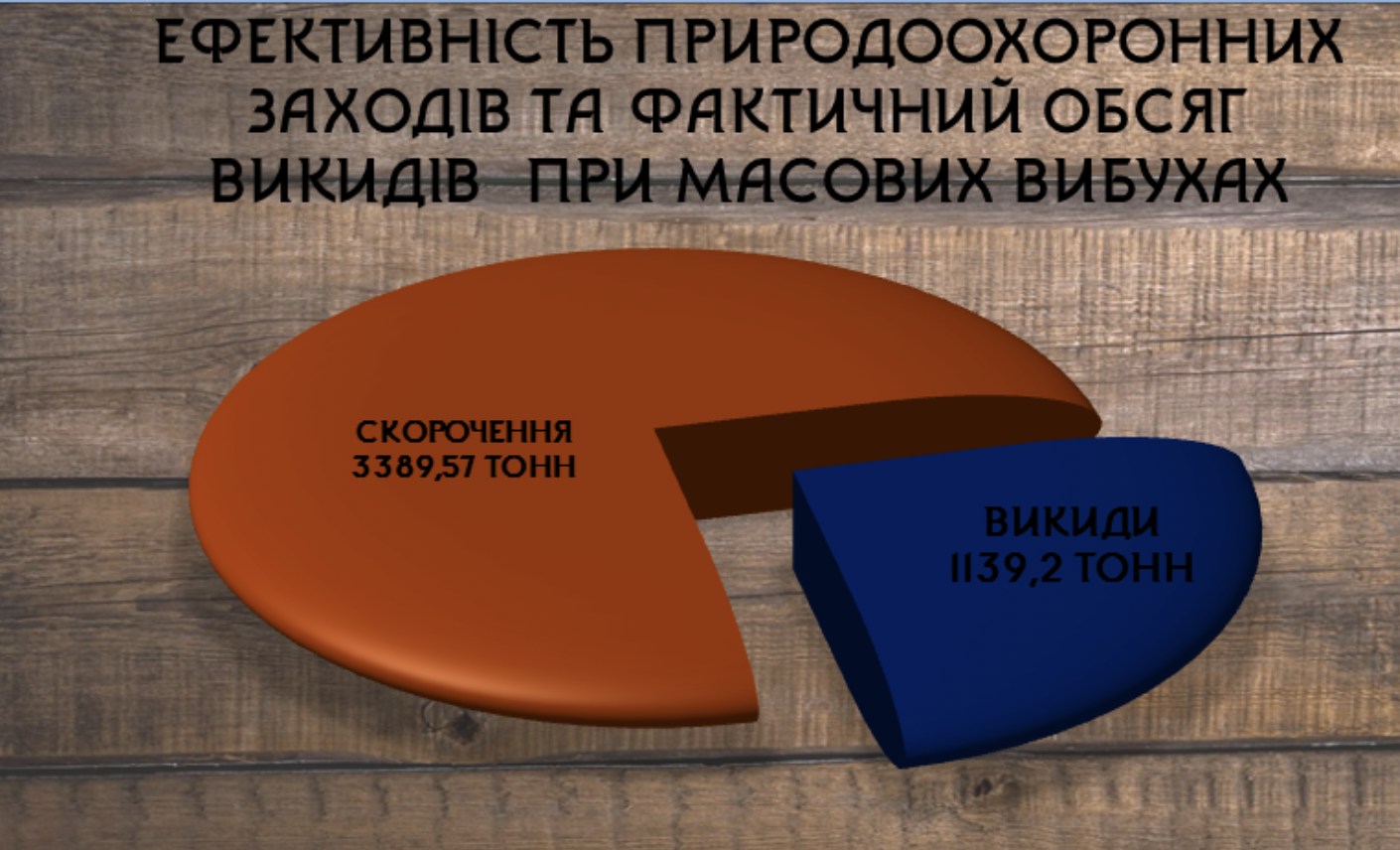
"Enterprises with the involvement of specialized organizations continue to measure the actual specific indicators of pollutant emissions directly at the control blocks, which allows determining the actual effectiveness of environmental protection measures," the message says.
Earlier, EcoPolitic wrote, that in Kryvyi Rih in 2022, the volume of emissions of pollutants into the atmospheric air reached 65.8 thousand tons, which is 71% less than in 2021. ArcelorMittal Kryvyi Rih PJSC became the biggest polluter, accounting for 88.5% of the total emissions.
As EcoPolitic previously reported, in Kryvyi Rih in 2022, the volume of industrial waste generation decreased by 60%, and the volume of disposal decreased by 67% due to the decline in production during the war.

